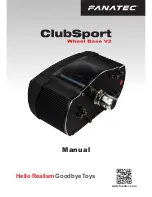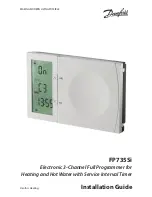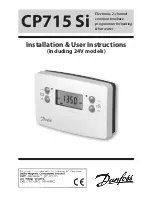
6
-6
2-Step Switching: Master/Auxiliary
If 2-step switching between master and auxiliary speed frequencies is performed, input the master speed fre-
quency reference to control circuit terminal A1, and input the auxiliary speed frequency reference to A2.
When terminal S3 (multi-step speed command 1) is OFF, terminal A1 input (master speed frequency refer-
ence) will be the Inverter frequency reference, and when terminal S3 is ON, terminal A2 input (auxiliary
speed frequency reference) will be the Inverter frequency reference.
Fig 6.4 Master/Auxiliary Frequency Reference Input
Setting Precautions
When inputting a voltage signal to terminal A2, turn OFF pin 2 on DIP switch S1 to switch to voltage input
(factory setting is ON).
Inputting Frequency Reference Using Current
When b1-01 is set to 1, the frequency reference can be input from control circuit terminal A2. Input the current
(4 to 20 mA) in control circuit terminal A2.
When H3-09 (Multi-Function analog input terminal A2 function selection) is set to 0 (factory setting) the
input on A2 is added to A1.
Fig 6.5 Frequency Reference Using Current
Setting Precautions
•
When inputting a current signal to terminal A2, turn ON pin 2 on DIP switch S1 (factory setting: ON).
•
If using terminal A2 to input the master speed reference and terminal A1 to input the auxiliary frequency
reference, set H3-13 (Terminal A1/A2 Switching) to 1.
0 to 10 V
input
Inverter
+V (Power supply: 15 V,
20 mA)
A1 (Master frequency
reference)
0 to 10 V input
DIP switch S1
SN Digital input neutral
S3 Multi-step speed
command 1
Master/
Auxiliary
A2 (Auxiliary frequency
reference)
AC (Analog common)
2 k
Ω
2 k
Ω
2 k
Ω
Inverter
+V (Power supply: 15 V, 20 mA)
A1 (Auxiliary frequency
reference)
A2 (Master frequency
reference)
AC (Analog common)
4 to 20 mA input
DIP switch S1
Artisan Technology Group - Quality Instrumentation ... Guaranteed | (888) 88-SOURCE | www.artisantg.com
















































